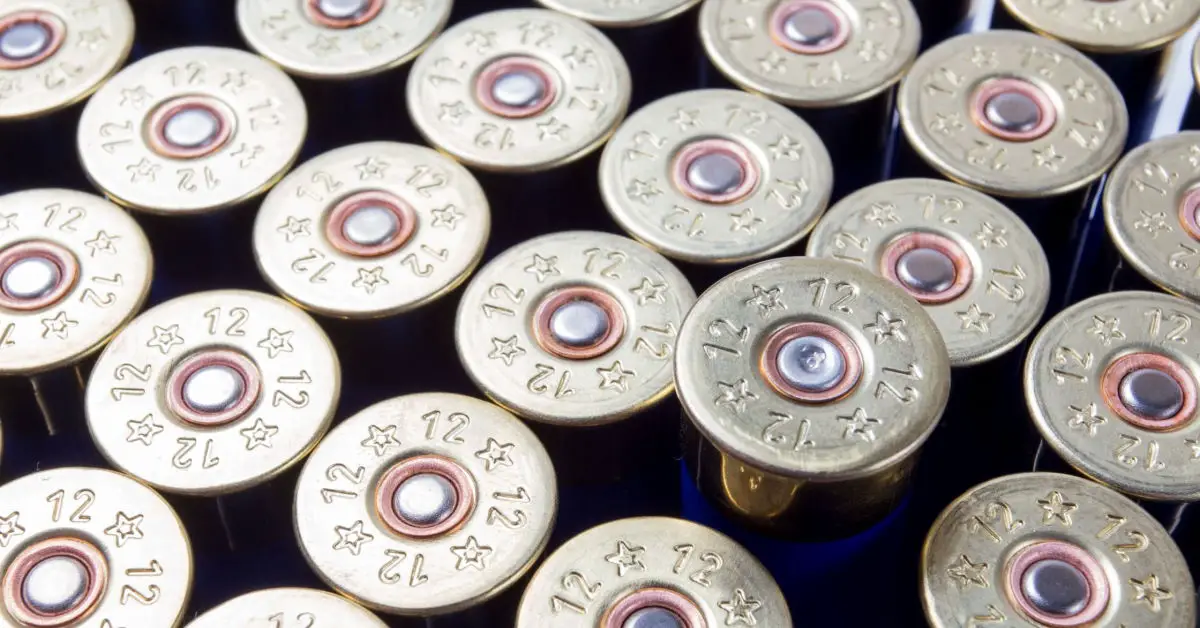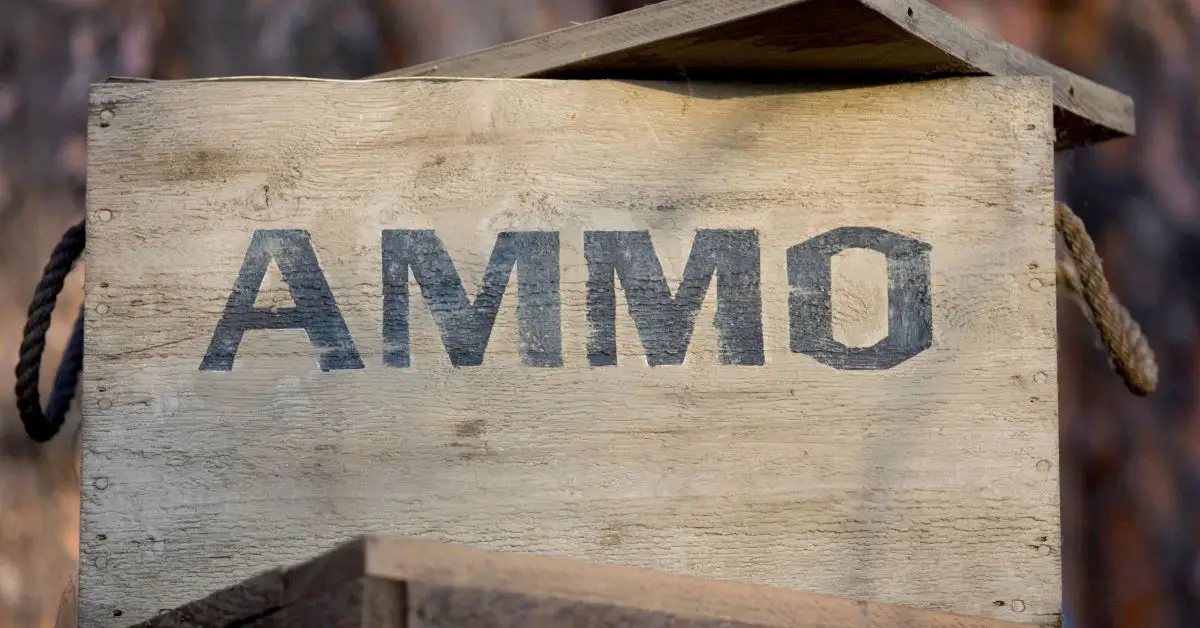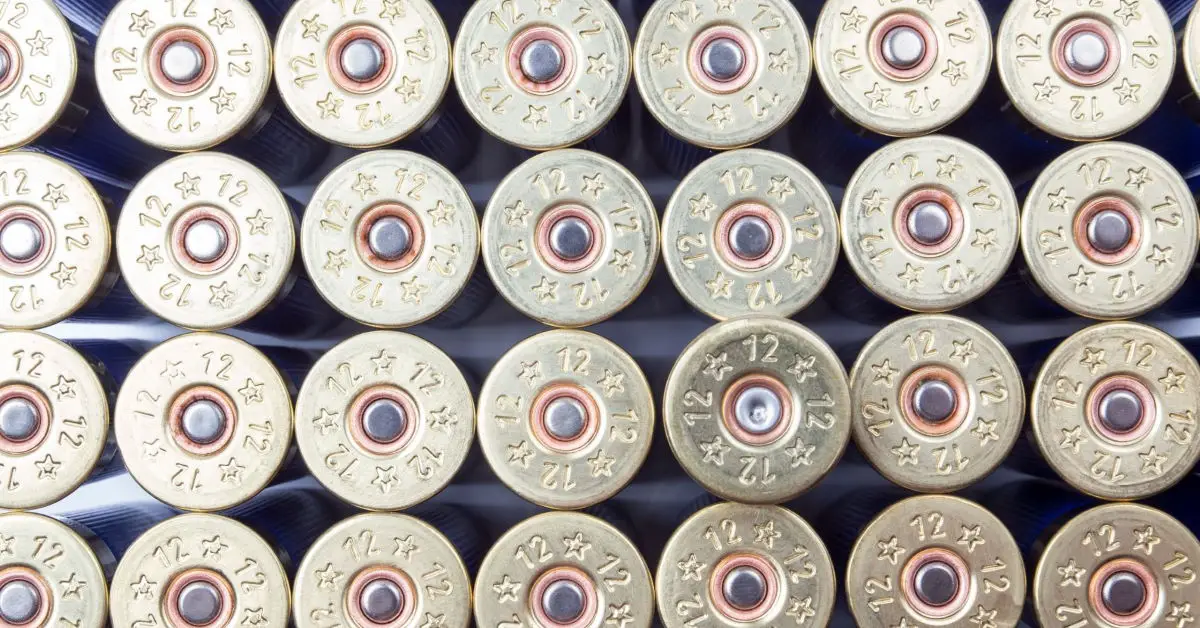Firearms enthusiasts and hunters alike know the importance of proper ammunition maintenance. It’s not only about accuracy and reliability but also about ensuring your ammunition lasts longer, saving you money and time. Different types of ammunition have specific requirements when it comes to maintenance. In this guide, we’ll go over the basics of ammo maintenance for a few common types of ammunition.
Rimfire Ammunition
Rimfire ammunition, mostly used for plinking, small game hunting, and target shooting, consists of a primer inside the rim of the casing. The primer is ignited when struck by the firing pin, which ignites the powder and fires the bullet. Due to the higher likelihood of misfires with rimfire ammunition, it’s crucial to store it correctly and keep it dry.
To maintain rimfire ammunition, keep it stored in a dry and cool place, preferably in an airtight container. Moisture can cause the primer to become inactive, making it challenging to fire and even dangerous. Check your rimfire cartridges for any corrosion or damage regularly, and discard any rounds with signs of either.
Centerfire Ammunition
Centerfire ammunition is the most common type of ammunition used for hunting, personal defense, and target shooting. It differs from rimfire ammunition as the primer is located in the center of the casing. It’s more reliable than rimfire ammunition, but it still requires proper storage and maintenance.
To maintain centerfire ammunition, store it in a cool and dry place, out of direct sunlight and away from moisture. Avoid exposing your centerfire ammunition to extreme or prolonged heat, which can damage the powder, rendering the cartridge inactive. Inspect your centerfire rounds regularly and dispose of any damaged or corroded bullets.
Shotgun Shells
Shotgun shells are often used for hunting small game, upland birds, and sport shooting. They use a plastic or paper shell to hold the primer, powder, and shot or slug. Shotgun shell maintenance is critical because they are susceptible to damage from moisture, heat, and physical contact, which can cause the shot or slug to shift, leading to accuracy issues.
To maintain shotgun shells, store them in a cool and dry place, preferably on a shell holder or box. Keep them away from moisture, heat, and direct sunlight. Inspect the shells regularly for any damage to the plastic or paper casing, and discard any damaged shells.
Black Powder Ammunition
Black powder ammunition, used mostly for muzzleloaded firearms, can be challenging to maintain due to the corrosive nature of the black powder residue. It’s crucial to clean black powder weapons thoroughly after every use. This includes cleaning the bore and chamber, breech, and all moving parts.
To maintain black powder ammunition, store it in a cool and dry place, away from moisture and direct sunlight. Clean your black powder firearm thoroughly after every use to avoid any corrosion. Be sure to inspect your black powder ammunition regularly for signs of corrosion, discarding any damaged rounds.
Conclusion
Properly maintaining your ammunition saves you time, money, and ensures a safer shooting experience. Different types of ammunition require specific storage and maintenance, and it’s crucial to follow these guidelines to retain accuracy and reliability. It’s essential to inspect your rounds regularly, noting any signs of corrosion or damage, and disposing of these rounds immediately. With these tips, you can increase the longevity of your ammunition and maintain the safety and reliability of your firearms.




